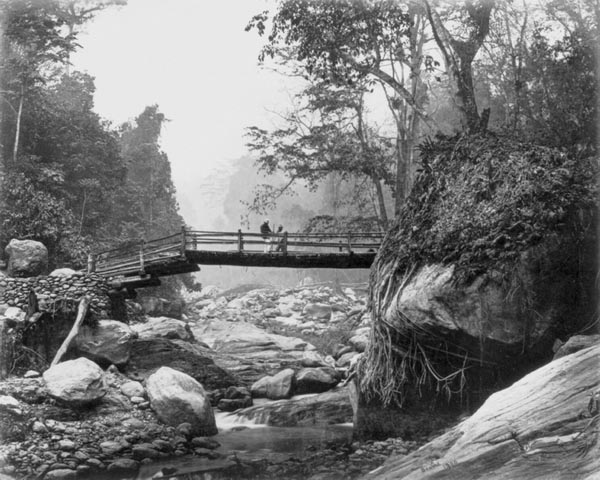The bicycle and photography were products of the same era and have many synergies. A few years ago, being interviewed by an amateur photographic magazine, I was surprised by the question “What is your favourite photo accessory?” but needed no time to think. Number one was my Brompton, with a good pair of comfortable walking shoes coming a close second. I can’t remember if either response made it to print, certainly they were not the kind of answers the reporter was looking for.
At the end of the nineteenth century, both bicycle and camera (thanks to the recently introduced dry plates and Mr Eastman’s Kodak film, and the introduction of the new ‘safety’ bicycle as an alternative to the ‘penny-farthing’) were popular crazes for the young and wealthy middle-class city-dwellers. In New York, as Alfred Steiglitz struggled to get his photographic crusade into top gear through the New York Camera Club, he took a tumble as its members put forward a motion to transform it into a bicycle club. (The motion was narrowly lost, but he took the hint.)
Both photography and cycling were relatively new and exciting and in keeping with the spirit of the times, offering new freedoms and an increasing ability to investigate a wider world. Some thirty years later, industrial workers, benefitting from shorter working hours, also took to their bikes and cycled out into the surrounding countryside, some of them with cameras. Bert Hardy was one, and began his career photographing cycle races. And many years later still, in my first conscious photographic project, I too got on my bicycle and cycled out to photograph a grove of ancient oaks.
Forty-five years later, the bicycle is still my favourite photographic transport, though I favour a folding model that can easily be taken on trains or even buses for longer distances. Unlike a car, you can stop and jump off when and where you like, and carry it up steps, over footbridges and ride or push it along footpaths.

Chafford Hundred. 1/250 f8 70mm ISO 200 Nikon/Brompton!
This picture was taken in Essex, one of many last Thursday made possible by Brompton. The bike got me there and many other places, and it also, by standing on the crossbar, gave me the height necessary to shoot over the fence which stopped me falling to my death over the edge of a cliff. Its a part of a long-term study of the Thames Gateway area, one of the largest developments anywhere.
I’ve always envied the tall guys who can see (and photograph) over walls. Although taking thought can add nothing to my stature, taking the Brompton gives me an extra 20 inches or so (or, more precariously, with one foot on handlebars and the other on the saddle a full three feet.) Think of it as a stepladder with wheels.
Peter Marshall




